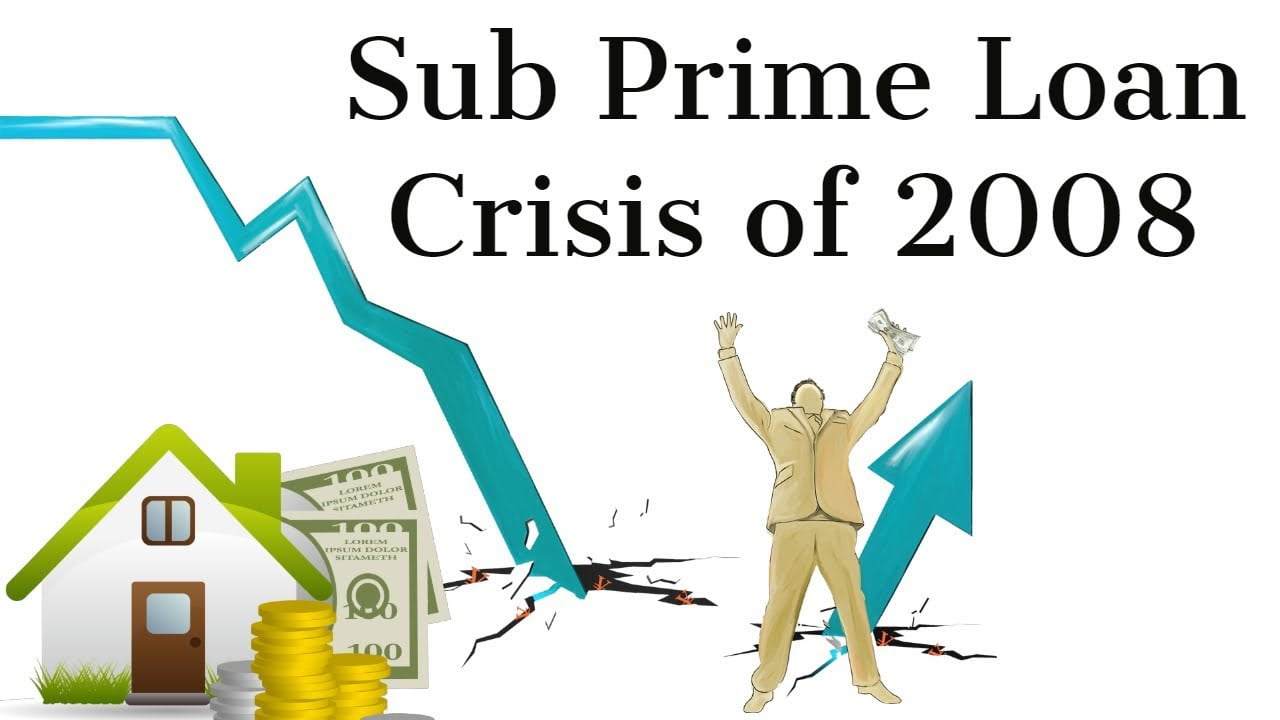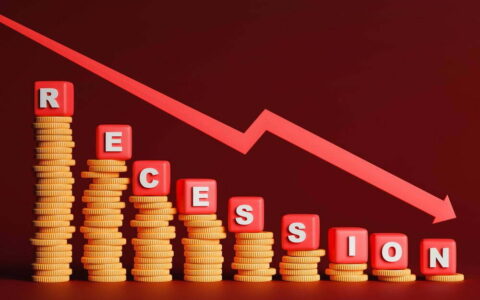
The 2008 financial crisis, also known as the subprime mortgage crisis, was a severe economic downturn that began in the United States and quickly spread to the rest of the world. The crisis was caused by a combination of factors, including lax lending standards, risky investment practices, and a housing market bubble. The crisis led to widespread economic disruption and had a significant impact on the financial system, businesses, and individuals.
One of the main causes of the crisis was the proliferation of subprime mortgages, which are home loans given to borrowers with poor credit. These loans were often given out with little to no verification of the borrower’s income or assets, and many had adjustable interest rates that would reset to higher levels after a few years. As a result, many borrowers were unable to make their mortgage payments when interest rates rose.
Another cause of the crisis was the widespread use of financial derivatives, such as mortgage-backed securities and credit default swaps. These derivatives were used to spread risk among investors, but they also made it difficult to understand the true value of assets and the level of risk in the financial system.
The crisis had a significant impact on the financial system, leading to widespread bank failures and the collapse of some of the world’s largest financial institutions. Companies such as Lehman Brothers, Bear Stearns, and AIG were among the most notable casualties of the crisis. The crisis also led to a sharp decline in the stock market and a loss of wealth for many individuals.
The crisis had a significant impact on the global economy as well. Many countries experienced a recession, with high levels of unemployment and a decrease in economic growth. The crisis also led to a credit crunch, making it difficult for businesses and consumers to access credit and further slowing economic activity.
The crisis also had a significant impact on the housing market, with home prices falling sharply and many homeowners facing foreclosure. This had a ripple effect on the economy, as individuals and businesses that had invested in the housing market saw their wealth decline.
In response to the crisis, governments and central banks around the world took a variety of actions to stabilize the financial system and stimulate economic growth. The Federal Reserve in the United States, for example, lowered interest rates to near zero and implemented a number of quantitative easing programs to inject money into the economy. Governments also provided financial assistance to banks and other financial institutions, and implemented policies to prevent another crisis from occurring in the future.
The 2008 financial crisis serves as a cautionary tale of the risks of lax lending standards, risky investment practices, and a housing market bubble. It also highlights the importance of proper regulation and oversight of the financial system to prevent future crises. Additionally, it serves as a reminder of the interconnectedness of the global economy and the potential impact of a crisis in one country on the rest of the world. It is important that we can learn from the past and to put in place policies and regulations that will help to prevent another financial crisis from happening again in the future.
Author:Com21.com,This article is an original creation by Com21.com. If you wish to repost or share, please include an attribution to the source and provide a link to the original article.Post Link:https://www.com21.com/tracing-the-origins-and-impact-of-the-2008-global-financial-crisis.html


